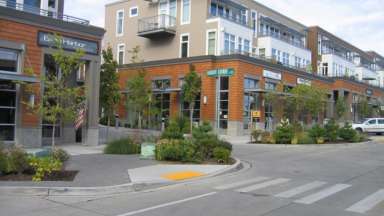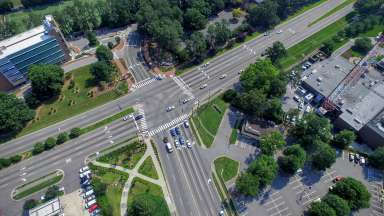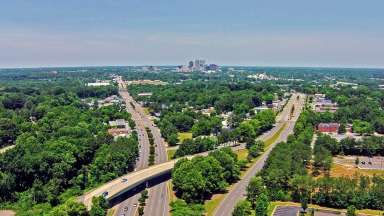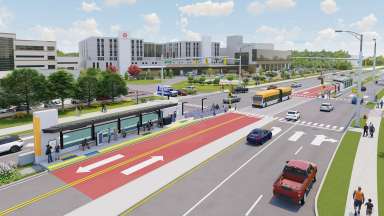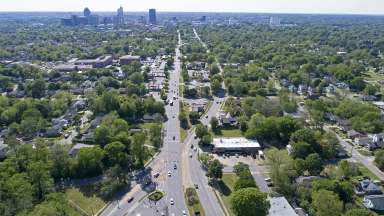Jump To:
Overview
The Tax Increment Reimbursement Program (TIRP) allows the City of Raleigh to commit a portion of future property tax revenues from new developments to reimburse developers for public infrastructure and other community benefits that would not be provided without the incentive. City Council adopted the City’s TIRP policy on December 2, 2025.
The program has three key features:
- TIRP is flexible and can be used to fund any project or use for which the City has ability to enter into a reimbursement agreement.
- TIRP is fiscally responsible, as the program design guarantees that participating developments will generate positive revenue to the City in every year that the reimbursement is active.
- TIRP is low risk, as the City borrows no money, and reimbursement payments do not start until the public benefits are constructed and in public use.
Any proposal for a Tax Increment Reimbursement agreement falls under the City’s Partnership Policy and will be evaluated and approved or rejected in accordance with the process outlined in that policy.
A Tax Increment Reimbursement agreement works best when both the developer and the City see a benefit from the arrangement.
| Group | Benefits |
|---|---|
| City of Raleigh | For the City, the enhanced infrastructure and community benefits are the goal. |
| Developer | For the developer, the infrastructure, while benefiting the public, may also enhance the value of the overall project. |
| Public | Greenway trails and transit infrastructure are examples of investments that benefit both the new development and the public who can make use of the facility. |
Project Eligibility
To qualify for the program, eligible projects must:
- Be either economic development projects that create jobs and grow the tax base, or development projects that provide public infrastructure enhancements not otherwise required.
- Include public facilities or infrastructure that would not be provided without support from the program.
- Align with the City's priorities (Strategic Plan, Comprehensive Plan, Area Plans, or Capital Improvement Plan).
- Generate enough new property tax revenue to cover the reimbursement within a reasonable time.
How to Apply for a Tax Increment Reimbursement
Parties interested in a Tax Increment Reimbursement can start the process by submitting a letter of interest to:
Ken Bowers
Deputy Planning Director
Planning and Development
919-996-2633
ken.bowers@raleighnc.gov
Potential applicants should review the policy before submitting a letter of interest. The letter of interest should contain enough specifics to help determine whether the proposal will meet the terms of the adopted Partnership Policy.
Suggested content includes the following:
- A description of the proposed development project, including the estimated increase in tax value. Disclosure of any tax exemptions or exclusions, such as for affordable housing or brownfields, is required.
- A description of the proposed public infrastructure/facilities and any other public benefits, emphasizing the benefits that accrue to the general community as opposed to the occupants and patrons of the development.
- An estimated cost of the infrastructure/facilities and benefits, and the portion of this cost to be funded through the Tax Increment Reimbursement.
- A description of the relationship of the proposed project and public improvement to adopted plans, including the City’s 2030 Comprehensive Plan, Area Plans, the Strategic Plan, and the Capital Improvement Plan.
- Whether the developer will seek participation by Wake County in addition to the City of Raleigh. Thresholds for seeking County participation are detailed in the TIRP policy.
Taxpayer Protections
To ensure the program is implemented in a fiscally responsible way, the adopted policy contains several protections to ensure that proposed benefits are delivered, revenue remains positive, and future commitments do not get ahead of growth in the City’s tax base. The protections are as follows:
- Actual reimbursements will be based not on projections but calculated at project completion and based on actual assessed values.
- The City’s financial commitment for all approved projects may not exceed 2% of the City’s annual property tax levy in any given year.
- Participating developers will be required to make guarantees to the City that the improvements will be constructed in the manner and to the specifications described in the reimbursement agreement.
- To ensure transparency of the use of taxpayer dollars, details of the approved City TIRP will be published in the annual budget book.

